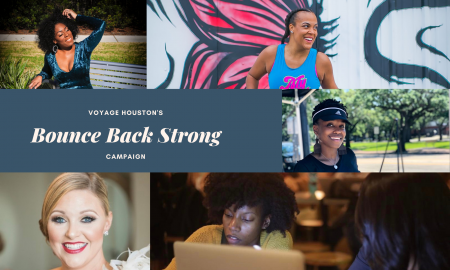

Today we’d like to introduce you to Jake Eshelman.
Jake, please kick things off for us by telling us about yourself and your journey so far.
All I ever wanted to be when I grew up was a trial attorney. So, even as a little kid, I was constantly finding or creating opportunities to learn how to read, write, analyze, and argue. I carried that pretty much all the way through my youth and academic career—right up until the point when I had just submitted all of my law school applications. I had always maintained a healthy creative practice in the periphery, but I started to question whether the arts offered a more fruitful and fulfilling professional outlet compared to a career in law. I had a light epiphany pretty soon after, swiftly redacted all of my law school applications, and decided to pursue a career as a creative.
Over the course of the next couple years, I learned some new skills, launched a skateboard company (Side Project Skateboards), broke into the creative industry, and gradually gravitated back to photography as my primary medium, though I draw on various aspects of a very untraditional background for all of my work.
Can you give our readers some background on your art?
Most people would refer to me as a photographer, but I understand myself as a storyteller.
My practice is very interdisciplinary—both by nature and by design—so while photographs end up being the primary or predominant expressions of a given project, I am more interested in finding the best way to tell a given story. Sometimes that involves language. Other times, a story is best expressed through design. It all varies, and that’s part of the reason why it’s interesting.
It’s interesting because I didn’t always view my work as being rooted in storytelling—and this is something I’m still working to integrate fully into my process—but once I started approaching my practice from that lens, I started to see how powerful and important stories are, both in my work and in general.
Stories seem simple enough, but in reality, they are extremely complex and have profound implications. Even just taking a political angle, it’s interesting to consider who gets to tell a story—and who’s expected to listen. What are the morals or messages within a given narrative—and who decides what takeaways are appropriate? Who owns a story? Or does anyone? There’s a wealth of inquiry and possibility when you can find even a trace of a story in something, whether it’s an image, a headline, or whatever—and those opportunities to delve into deeper realms are becoming increasingly overshadowed by the shallow, but widespread expanse of digital noise we wade through every day. Ultimately, I hope my work gives shape to stories worth consideration and encourage others to discover, share, or write meaningful narratives of their own.
How do you think about success, as an artist, and what do quality do you feel is most helpful?
The most fulfilling aspect of any creative work for me is putting something out into the world that inspires someone else to act, whether it manifests in their own creative practice, by adopting new behaviors, or even something as mundane as exploring a new idea or perspective. Creative work that encourages people to think about, question, or explore possibilities is successful in so far as it guides people towards acting with intention rather than relying on autopilot. Personally, I believe that through introspection and deliberate thought, we all have the capacity to cut through the clutter and create better, more significant experiences for ourselves and others. And that, in turn, carries the potential to build a brighter and more benevolent world.
In terms of what makes an artist successful, I feel that it’s imperative to be genuine about your interests and to really own them. And then it’s important to make peace with the vulnerability of sharing that with the world. Sure, it helps to have a stable income, but I think that if more people (businesses included) thought about and acted on their purpose beyond making money, our world would be vastly more interesting.
We often hear from artists that being an artist can be lonely. Any advice for those looking to connect with other artists?
This may not be popular, but based on my experience, I would argue that the “lonely artist” is a part trope and part a product of what we value as a society. I think it’s important to consider that being an artist in America requires you to work outside of a traditional career path and the security it provides. With notable exceptions, being an artist is not viewed by most people as a ‘legitimate’ profession—and that perspective is not just problematic; it’s indicative of a cultural crisis. So, rather than offering advice for artists to increase solidarity with one another within their isolation, I’d rather encourage everyday citizens to truly consider the role of the arts in everyday life, industry, and opportunity—and to then invite artists to participate in more meaningful ways. If we create opportunities for artists, artists, in turn, will create opportunities for us all.
What’s the best way for someone to check out your work and provide support?
The best way to see my work is by visiting my portfolio website, where I publish select projects I’m particularly fond of. For a more decentralized experience, you can also find me on Instagram and VSCO.
I’m pretty much entirely project-based, so the best way to support my work is to work with me. 😉 Otherwise, the second-best thing you can do is share my portfolio with others who would enjoy it. My availability fluctuates based on my project schedule, but I’m always excited to discuss assignments and other opportunities.
Contact Info:
- Website: www.jakeeshelman.com
- Instagram: www.instagram.com/jake.eshelman
- Other: www.vsco.com/jakeeshelman







 Image Credit:
Image Credit:
Jake Eshelman
Getting in touch: VoyageHouston is built on recommendations from the community; it’s how we uncover hidden gems, so if you know someone who deserves recognition please let us know here.

















